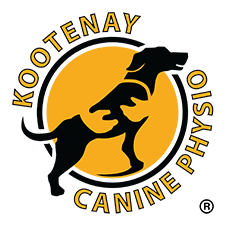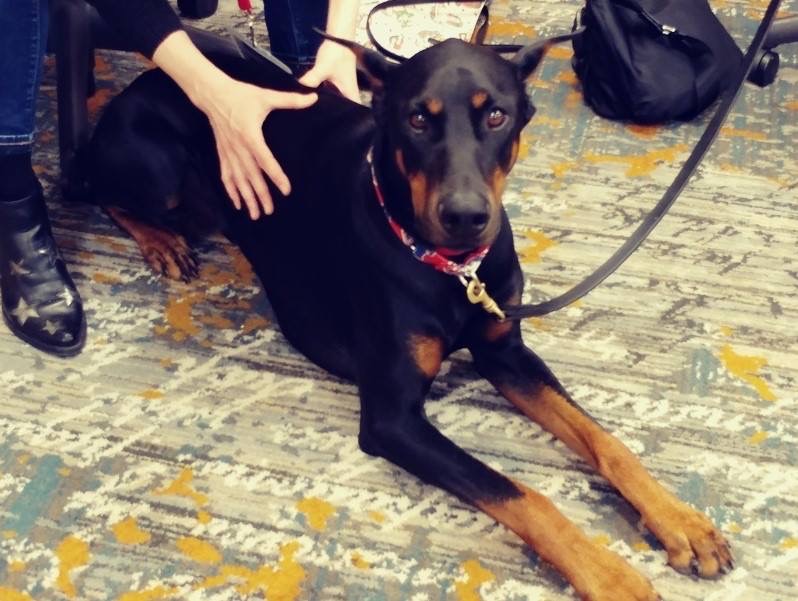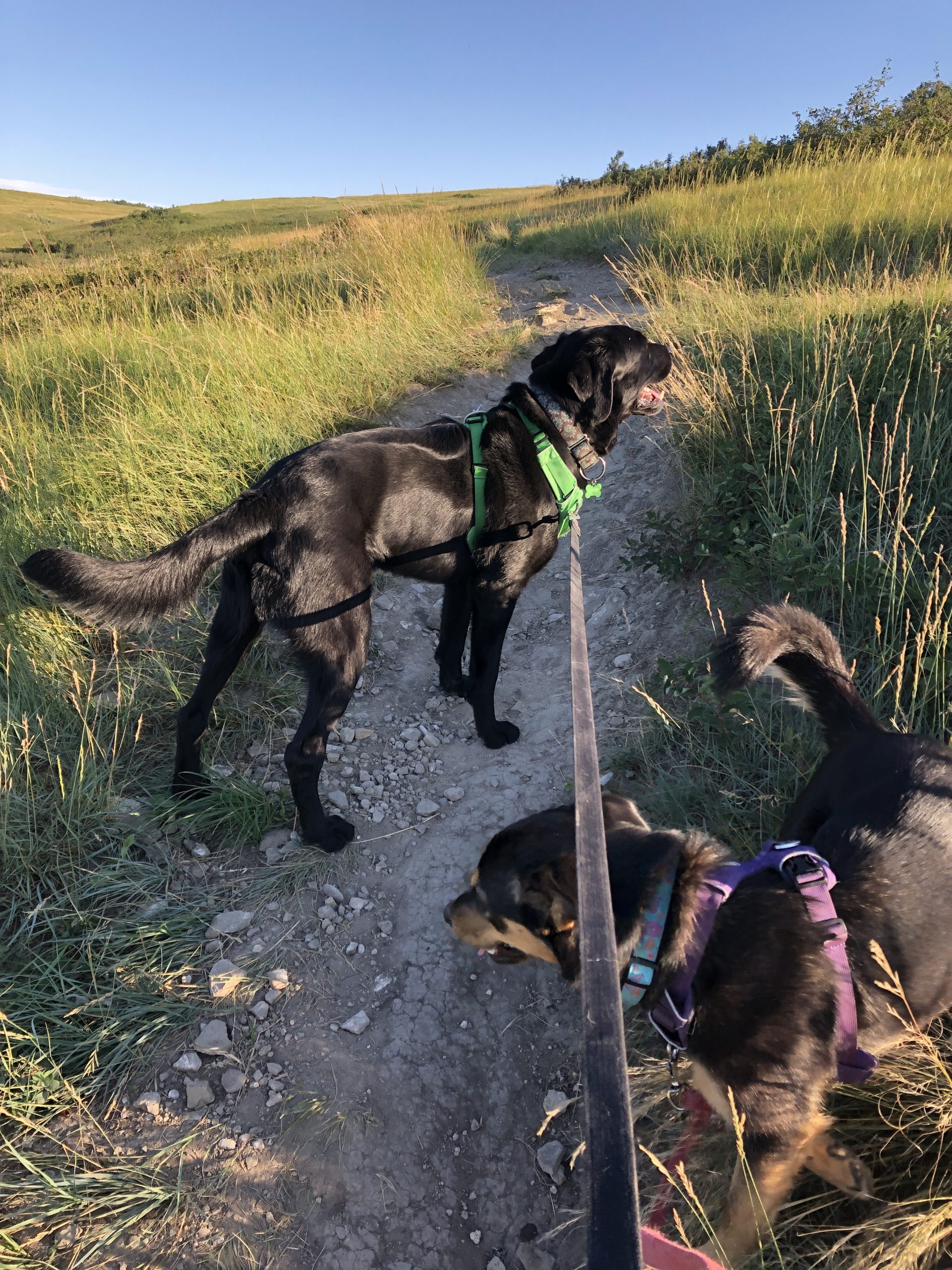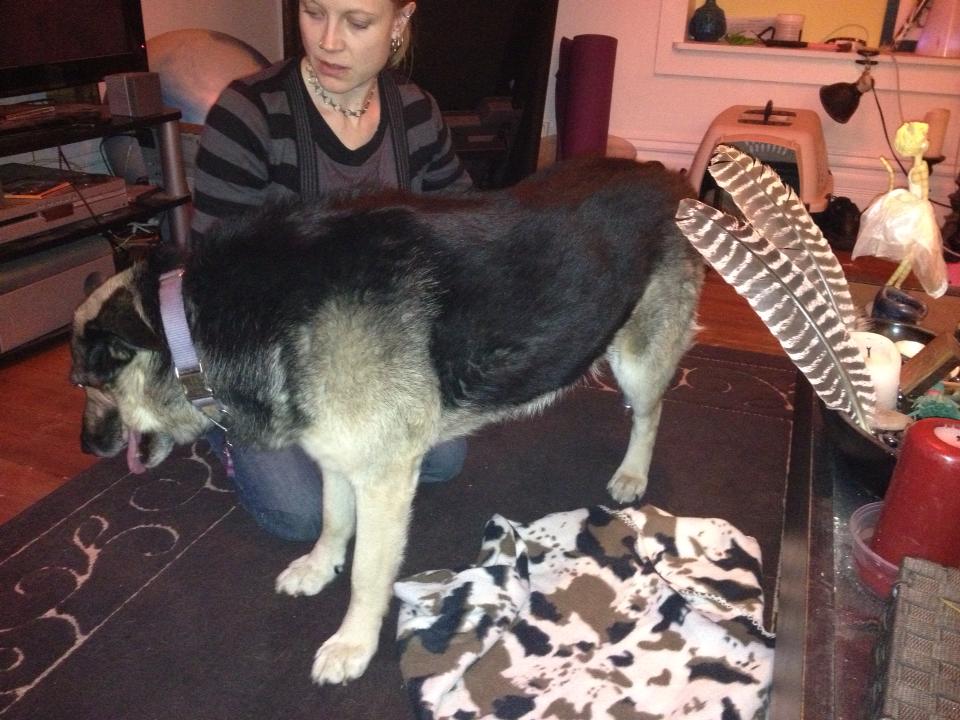Why physio?
A common question I get asked in my human physiotherapy practice is, “What does a physiotherapist do?” I believe there is a perception about physiotherapists in the general population thinking that a physiotherapy session consists of massage, perhaps ultrasound or TENS, and a couple of exercises. This is a very unfortunate misconception because a good physiotherapist will offer clients much more than a ‘cookie cutter’ approach to rehabilitation.
A well trained physiotherapist has the ability to mobilize and manipulate the spine and peripheral joints, perform muscle and myofascial release techniques, use acupuncture or IMS needling treatments, teach core stability, proprioceptive, and strengthening exercises, help train postures, address muscle imbalance, and build specific training programs for their clients. We look at the body as a whole, not just the injured area [This becomes important especially in chronic injuries (or those with incidious onset), because often a movement dysfunction or muscle imbalance in a different part of the body can be the cause of the injury the patient is presenting with.] and are then able to draw from a large skill set to determine what treatment option may be best to address the injury/impairment and prevent it from becoming chronic or worsening. Additionally, we are trained in neurological rehabilitation and have the skill set to work with injuries to the peripheral and central nervous system (i.e. brain injuries, herniated discs, strokes, and diseases of the nervous system).
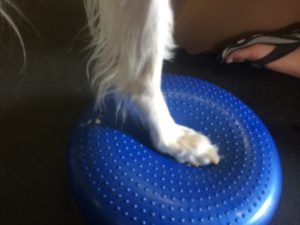
Why canine physio?
Physical rehabilitative therapy is a valuable tool that can be utilized to aid in the prevention of and recovery from injury, thus enhancing the physical capabilities and quality of life of your clients’ canine companions.
Recent studies have indicated physical rehabilitative therapy intervention, in conjunction with veterinary care, to be beneficial post-operatively[i], as a conservative alternative to surgery[ii] and in treating arthritic related locomotor disorders[iii] and degenerative myelopathy[iv].
My goal is to work with interested veterinarians in Nelson and area as an adjunct to their practices, helping to rehabilitate your canine friends who are suffering from various musculoskeletal impairments. I offer manual and manipulative therapy (joint mobilizations and manipulations), fitness conditioning and target muscle strengthening, core strengthening and stabilization, massage and myofascial release, neuromuscular stimulation (NMES), and TENS. Most importantly, I also believe in owner education and providing the owners with the skills and knowledge to help prevent recurrent injury and providing owners with home exercise/muscle release programs they can perform daily at home.
[i] Monk, M.L. Preston, C.A. McGavan, C.M. (2006) “Effects of early intensive post-operative physiotherapy on limb function after tibial plateau leveling osteotomy in dogs with deficiency of the cranial cruciate ligament”, American Journal of Veterinary Research,March, 67(5): 529-36.
[ii] Edge-Hughes, L. (2008)Conservative management of cruciate ligament deficiency with physical therapy, presented at the 5th International Symposium of Rehabilitation and Physical Therapy in Veterinary Medicine, August.
[iii] Riviere, S. (2007) “Physiotherapy for cats and dogs applied to locomotor disorders of arthritic origin”, Veterinary Focus, 17(3): 32-36.
[iv] Kathman, I., Cizinauskas, S. Doherr, M., Steffen, F., Jassy, A. (2006) Daily controlled physiotherapy increases survival time in dogs with suspected degenerative myelopathy” Jounral of Veterinary Internal Medicine, 20: 927-932.
